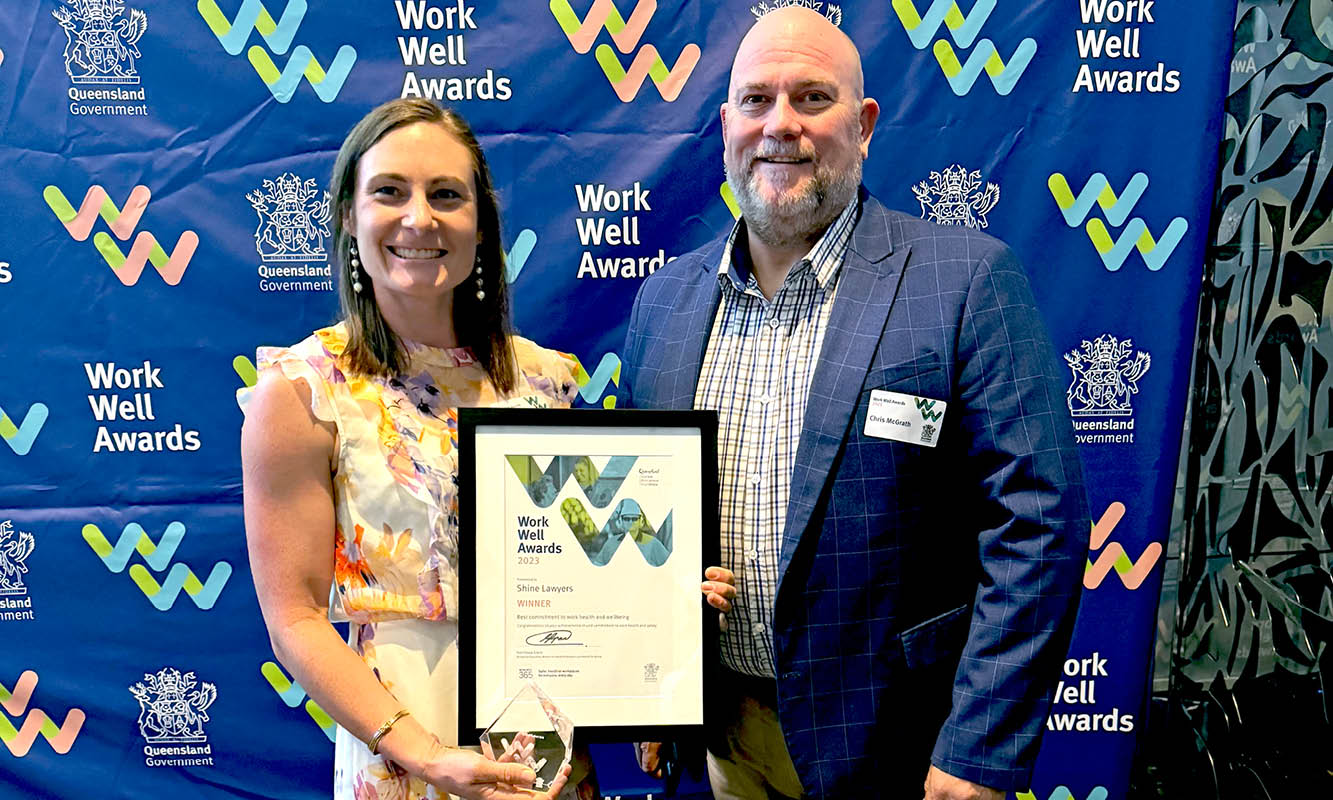Mentally healthy workplaces don’t just happen; they are mindfully and intentionally created by leaders who use their position of influence to ensure that the wellbeing of employees is embedded and valued across all aspects of work. Leaders play a key role in shaping an organisation’s culture through their behaviour, communication style and approach to relationships.
Here are a few things you can do to support your team’s mental health and wellbeing:
- Get to know your people. Make sure you take time to get to know the people you work with. Who are they outside work, and what particular strengths, valuable experiences and interests that they bring to their roles? What are their career aspirations, what matters to them, and how can you best support them to reach their goals? Demonstrating genuine interest in others will help you to build rapport and establish trust.
- Enable psychological safety. Trust is also critical for building psychological safety in teams. Harvard Business School professor Amy Edmondson describes psychological safety as the shared belief that one will not be punished or humiliated for speaking up with ideas, questions, concerns or mistakes. A large two-year study of team performance by Google found that psychological safety was the most important factor in the development of effective and high-performing teams. When team members feel psychologically safe, they will share ideas, take reasonable risks, and be innovative and creative. To create an atmosphere that allows people to feel safe and valued for who they are, lead by example: by admitting mistakes and being honest when you don’t know something, asking others for their input and suggestions, and encouraging constructive discourse, you are encouraging your team to do the same.
- Give regular feedback. Regular feedback – both positive and constructive – enables people to understand how they are performing and what your expectations are. Remember that a feedback conversation should be done with someone, not to them. An important point to keep in mind is to focus on demonstrated behaviour in a specific situation and the impact it had (the S-B-I feedback model), not assumptions, hearsay or judgements of character. As an example, you could say “when you were late for the client meeting this morning, it made us look unprofessional”, instead of “you are unreliable” or “you are weakening the team”.
- Provide role clarity. Not fully understanding what is expected in a role, receiving conflicting instructions or unclear information in relation to priorities, key objectives and reporting lines, is stressful and even unsettling. If you are managing someone, it is your responsibility to ensure that your employee understands what they need to do and how they can demonstrate “good performance”. This should be reflected in a current and accurate position description which both of you can refer to for clarification. If a role needs to change, provide opportunity for consultation and ensure that your team member fully understands and agrees to any new tasks and responsibilities.
- Enable autonomy. Feeling powerless and out of control is detrimental to our mental health and wellbeing. As a leader, fostering a sense of control and responsibility in others should therefore be an important goal. You can do this by empowering your team members (as far as possible) to decide how they organise and structure their work for best performance, eg the pace and order of tasks, how they approach problems, and which resources they want to use. Think about how you can give them a meaningful role in decision-making and the latitude to exercise creativity and independent judgment. Remember that empowered employees are also more engaged, productive, and loyal.
- Offer flexibility. We all have many roles to fulfil and responsibilities to meet – not just at work. Acknowledge that your team members have a personal life with associated needs and preferences. Flexibility enables individuals to manage priorities outside work, e.g. the freedom to work non-standard hours, the ability to work remotely on a regular or ad-hoc basis, or exploring concepts such as job sharing, phased retirement or additional purchased leave. Flexible work polices are a good starting point to embed and encourage these practices.
- Decrease stigma around mental health. Stigma keeps people from speaking up and seeking help, and encourages negative behaviours such as pretending everything is ok when it isn’t, hiding and covering up. All of these behaviours are likely to exacerbate problems over time and reduce opportunities for support and improvement. Educate yourself about mental health issues and encourage your team to do the same. Start and engage in open conversations at the workplace, and offer emotional support to those who disclose personal information to you. Consider opportunities to actively endorse and participate in activities and events aimed at reducing stigma.
- Role-modelling. Being a leader also means to be a role model. A mentally healthy workplace starts with you. Lead the way and demonstrate the behaviour you would like to see in others. This includes treating others with respect and collegiality, being realistic in what your team can do with their resources, admitting mistakes, sharing personal information to a level you are comfortable with and showing a genuine interest in others, valuing diversity, taking regular breaks, and demonstrating a zero tolerance for destructive workplace behaviours including bullying and harassment.
If you would like to learn more, don’t hesitate to reach out to the QLS Solicitor Support service on ethics@qls.com.au or p. 3842 5843 to speak to someone in a judgement-free and supportive environment.
Rebecca Niebler is QLS’s Organisational Culture and Support Officer, QLS Solicitor Support (QLS Ethics and Practice Centre)
9 June 2020













Share this article